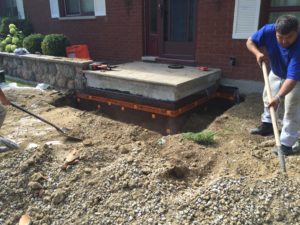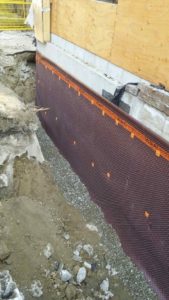What is waterproofing?
Waterproofing is treating a surface to protect it from the damages water could bring, be it a leak or cracks in the foundation. The process helps make sure certain objects are protected against flooding and become water-resistant to leaks.

What are the different types of waterproofing?
Cementitious Waterproofing
The easiest method of waterproofing as the materials are not difficult to locate. they are also easy to mix and apply making this type of waterproofing popular for interior sections that are used to being touched with water. Bathrooms and kitchens are the main source of this easier method.
Liquid Waterproofing Membrane
Liquid Membrane involves applying a thin coat of primer and a top coat above. This can be accomplished with a roller, spray, or a trowel. This method offers also more flexibility compared to the above more rigid method.
Bituminous Coating Waterproofing
Also known as asphalt coating, the bituminous coating method is ideal for concrete foundations as it is an excellent waterproofing and protective coating agent.
Extensive exposure to sunlight makes it brittle if it is not treated with flexible materials such as polyurethane.
Bituminous Membrane Waterproofing
This method is popularly used for low-sloped roofs because of its tried-and-tested track record. There are two types of this particular method: the torch-on-membrane and the self-adhesive-membrane.
These membranes have a thickness of 2mm to 4mm of waterproof materials and have an elongation of 150% to seal any and all cracks.
Polyurethane Liquid Membrane Waterproofing
This is the most expensive option. This type of waterproofing is used for decks of roofs that are left exposed to the seasons. Because of this exposure, this material is a higher quality membrane.

Whatever the waterproofing method you choose, you will not regret making the decision to protect your investment from the damages that water and moisture can bring.




